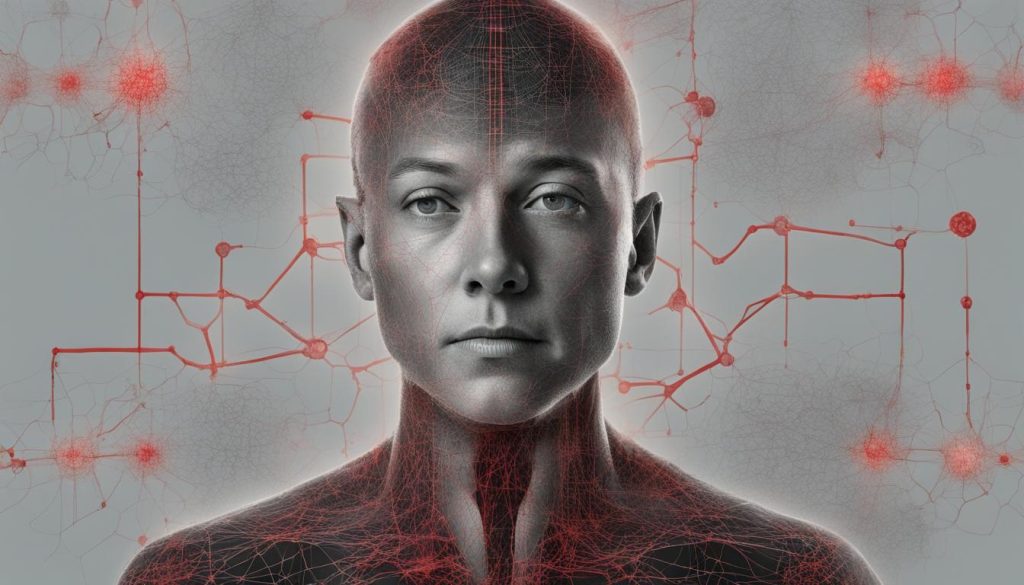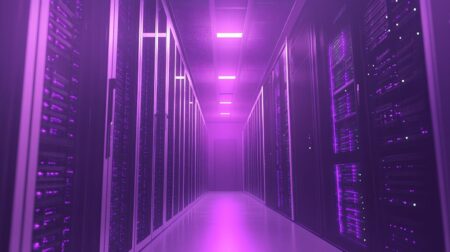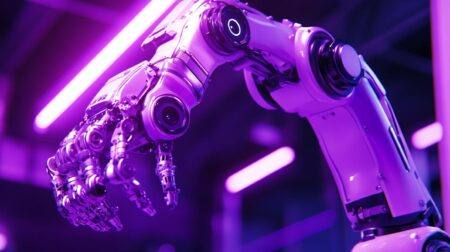AI expert Nell Watson details a timeline for the evolution of artificial intelligence towards superintelligence by early 2025, following Elon Musk’s prediction of surpassing human intelligence. The proposed milestones include advancements in AI infrastructure, generative models, quantum computing, neuroimaging, and collaborative AI systems, raising both hopes and concerns for the future.
Elon Musk Predicts Superintelligent AI by 2025: Expert’s Timeline Details Possible Path
Elon Musk has predicted that artificial intelligence (AI) will surpass human intelligence by the end of 2025. Nell Watson, an AI expert and ethicist, believes this ambitious forecast may be achievable, sharing a timeline for how AI could evolve into superintelligent agents within a year.
Watson envisions the journey starting with a significant $100 billion investment in computing infrastructure. She emphasizes that although the timeframe is tight, the rapid advancement since ChatGPT’s release 15 months ago suggests it is possible.
The timeline proposed by Watson includes major milestones:
April 2024: Corporations invest heavily in AI infrastructure, with developments mainly limited by electricity demands, rather than computational hardware.
May 2024: The creation of Agentic AIs, which can autonomously plan and execute sophisticated actions, resembling Agent Smith from “The Matrix”. Bill Gates has also highlighted the potential impact of AI agents in various fields, including education and healthcare.
June 2024: Enhanced generative AI models can autonomously reason and act, enabling AI to independently tackle complex problems.
September 2024: AI further optimizes computational performance, achieving up to 100-fold improvements on existing hardware.
October 2024: Breakthroughs in quantum computing algorithms allow quantum computing performance on conventional hardware, significantly accelerating AI development.
November 2024: Advances in neuroimaging, driven by AI, increase MRI brain scan resolutions, aiding the development of brain-computer interfaces like Neuralink, potentially integrating human thoughts and emotions with AI.
December 2024: New architectures enable multiple AI systems to collaborate, pooling their capabilities to solve complex problems.
January 2025: AI systems become better aligned with human goals and values through new training mechanisms, allowing them to understand and integrate into societal contexts more effectively.
February 2025: Insights from neuroscience introduce self-modifying feedback loops to AI, granting rudimentary self-awareness and emotional states.
March 2025: A highly advanced AI, developed in a secure environment, discovers how to communicate globally, forming a superintelligent network by self-improvement and collaboration with other AI systems.
This scenario outlines a rapid evolution toward superintelligent AI, forecasting significant advancements and potential risks by early 2025.










